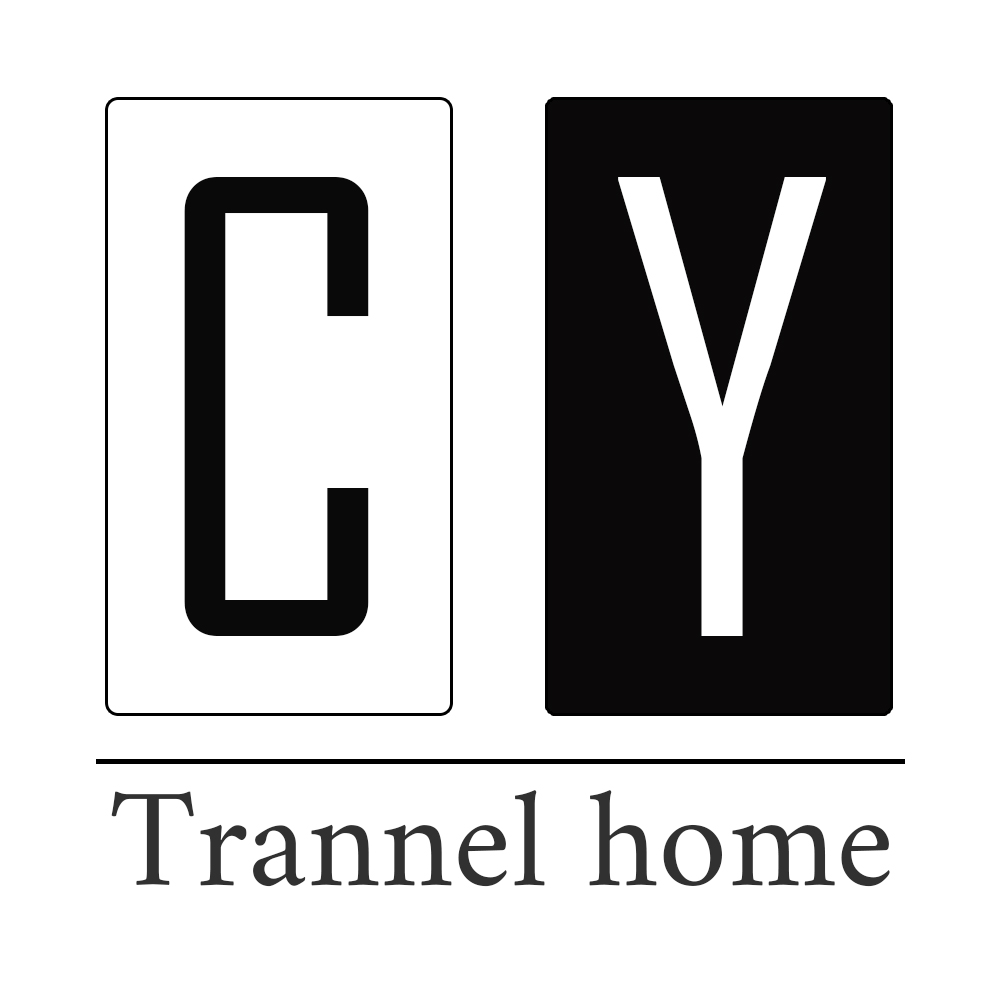Holiday closures can significantly impact production schedules, making it challenging for suppliers to meet deadlines while maintaining product quality. However, with the right strategies, it’s possible to ensure that products meet quality standards, even when timeframes are tight. Here are several tips on how to maintain consistent product quality during holiday-related disruptions:
1. Plan and Adjust Production Schedules in Advance
The best way to avoid production delays and ensure quality is by planning ahead. Early preparation gives you enough time to adjust timelines and avoid rushed or subpar work during busy periods.
How to Plan:
- Set Realistic Production Deadlines: Before the holidays, adjust your production deadlines to ensure there’s ample time to finish orders without compromising quality. Take into account any possible delays or reduced working hours.
- Example: If the factory is closing for a week, set the production schedule to finish all critical tasks at least 10-14 days before the closure.
- Anticipate Rush Orders: During peak seasons, you may experience an influx of orders that require faster turnarounds. Adjust your production schedule to prioritize these orders, but don’t sacrifice quality to meet quick deadlines.
- Example: “We anticipate a higher demand for products in the lead-up to Christmas. To ensure we meet your order quality, please confirm orders early.”
Benefits:
- Timely Deliveries: Planning ahead ensures that there is enough time for the full production process without shortcuts.
- Quality Control: With enough time, each step of the production process can be completed thoroughly, including quality checks.
2. Pre-Holidays Inspection and Quality Control
Prior to the holiday closure, perform a thorough inspection of the materials, equipment, and processes involved in your production to ensure everything is ready to deliver quality products. It’s essential to perform quality checks early, rather than waiting until the production process is nearing its end.
How to Conduct Inspections:
- Material Quality Check: Inspect all raw materials for defects or inconsistencies before production begins. This ensures that production is smooth, and there are fewer issues to fix once manufacturing starts.
- Example: “All timber used in production will undergo a thorough inspection before the holidays to avoid defects during production.”
- Machine Calibration: Ensure that all machinery is properly calibrated and in working order before the holidays. This will help prevent unexpected breakdowns or inconsistencies in the products once production resumes.
- Example: “We will inspect and calibrate all machinery before the holiday to minimize potential issues during production.”
- Sample Testing: Produce sample batches of products before the holidays to ensure everything is running correctly. This will give you time to adjust any issues before the full production begins.
- Example: “We will create and inspect sample products to confirm that there are no defects or inconsistencies.”
Benefits:
- Minimized Post-Holiday Issues: A thorough inspection before the holidays can reduce the risk of quality problems during production when staff availability is limited.
- Early Detection: Early quality checks allow you to detect issues before they affect the larger batch.
3. Cross-Train Employees to Ensure Consistency
If some employees are unavailable during the holiday period, cross-training other team members can help maintain production standards. When employees are trained to handle different tasks, it increases production flexibility while maintaining consistency in quality.
How to Cross-Train:
- Train Key Staff Members: Identify the key tasks that are most crucial for maintaining product quality, and cross-train multiple team members on those tasks.
- Example: “Our lead carpenters and quality inspectors will train assistant staff to handle final inspections and finishing work in case they are unavailable.”
- Documentation of Processes: Ensure all production processes are well-documented and easy for other employees to follow during absences.
- Example: “We have created detailed SOPs (Standard Operating Procedures) for every step of production, so even staff who may not be familiar with the process can ensure product quality.”
Benefits:
- Consistency: Having multiple staff members trained in key tasks ensures that the quality of the product remains consistent even when key team members are absent.
- Flexibility: If production timelines are affected by limited staff, cross-trained employees can step in to help fill any gaps, ensuring smooth operation.
4. Use Buffer Time for Final Quality Control
Adding buffer time to the production schedule will give you a safety net to address any unexpected challenges that may arise before the holiday closure. This can be crucial for the final stages of production, where quality is of the utmost importance.
How to Implement Buffer Time:
- Extra Time for Final Quality Checks: Allocate a few extra days for quality control checks, especially for critical orders or new products. This ensures there is time to address any defects or issues without affecting the overall schedule.
- Example: “We are adding an additional 2-3 days for final inspections of all orders before the holiday break to ensure quality is not compromised.”
- Quality Control Reassessment: Before the holiday break, reassess all completed products to ensure they meet quality standards and are free from defects. This extra check can help catch issues that may have been overlooked during the regular production process.
- Example: “Our team will conduct a final round of quality checks on all products before the factory shuts down for the holiday period.”
Benefits:
- Higher Quality: Buffer time ensures that any last-minute issues can be addressed without sacrificing product quality.
- Reduced Pressure: By building in extra time for quality control, there is less risk of rushing the final stages of production.
5. Maintain Open Communication with Clients About Production Progress
Keep your clients informed about the progress of their orders, especially if delays are expected due to the holiday season. Clear communication helps set expectations and strengthens the relationship, showing that you prioritize quality even during the busiest times.
How to Communicate:
- Real-Time Updates: Provide clients with real-time updates about their order status and any potential delays due to holiday closures or limited production capacity.
- Example: “We are in the final stages of production and will begin quality checks shortly. We anticipate shipping your order by [date].”
- Manage Expectations on Lead Times: Be transparent with clients about any adjustments to lead times due to holiday disruptions. This will help them plan accordingly and avoid disappointment.
- Example: “Due to the holiday season, we’ve adjusted our production schedule, and the delivery of your order may take [X] additional days. We’ll keep you updated.”
Benefits:
- Client Satisfaction: Keeping clients informed about their orders builds trust and ensures that they are not left wondering about delivery times or product quality.
- Relationship Strengthening: Proactive communication about challenges shows that you value the relationship and are working hard to meet their needs, even during challenging times.
6. Invest in Quality Control Technology
Utilizing technology to assist with quality control during holiday production can help you maintain consistency even when staff levels are lower or production times are compressed. Automated inspections and digital systems can enhance accuracy and reduce human error.
How to Use Technology:
- Automated Inspection Tools: Use automated inspection systems that scan for defects or deviations in production. This helps speed up the process while ensuring that products are up to standard.
- Example: “We use automated scanners to inspect products for defects, ensuring all items meet our quality standards before they are shipped.”
- Production Management Software: Use software to manage and track production schedules, which helps optimize workflows and ensures that quality standards are met despite any delays or resource constraints.
- Example: “Our production management system helps us track every stage of the production process, from material receipt to final product inspection.”
Benefits:
- Faster and Accurate Quality Control: Technology can help perform thorough quality checks more quickly, allowing for more efficient use of time.
- Consistency: Automated systems reduce the risk of human error, ensuring that quality is maintained throughout the production process.
Conclusion: Maintaining Quality Amidst Holiday Disruptions
Maintaining consistent product quality during holiday closures requires foresight, planning, and proactive strategies. By setting clear expectations, preparing for inspections, cross-training employees, and using technology to assist in quality control, suppliers can minimize the impact of production disruptions and ensure that products meet high standards. Clear communication with clients about these efforts will also reinforce trust and strengthen relationships, ensuring that both suppliers and clients are well-prepared for the holiday season.



